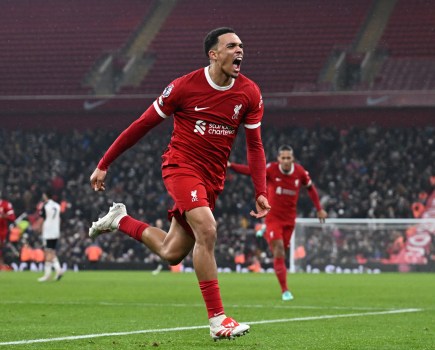Third time lucky? That is the fervent hope within FIFA on the relaunch of its accident-prone Club World Championship, which will run from December 11 to 18.
The signs are not promising. The usual trumpeting of multi-million-dollar television deals, FIFA’s preferred tactic for talking up big events, has
been conspicuous by its absence.
In 1993 the world governing body, seeing the eruption of the UEFA Champions League as an international licence to print money, decided to cream off some of the profit with a first venture into club football tournaments.
Brazil hosted the first edition in 2000. Manchester United caused controversy by opting out of their FA Cup defence in service of the FA’s bid to host the 2006 World Cup. It was felt that not attending a FIFA event would be detrimental to the cause, but their turning up proved doubly in vain – the World Cup was awarded to Germany and United went out in the first round. Corinthians beat Vasco da Gama in the Final.
A second CWC, scheduled for Spain in 2003, was cancelled for financial reasons.
The reason for persevering with the competition was the long-term Asian and African irritation at being shut out of the Intercontinental Club Cup, also known as the World Club Cup, which had been staged between the European and South American club champions since 1960. Thus FIFA, at a stroke, satisfied its lust for power while garnering further developing world support.
Outnumbered in the corridors of power, Europe and South America reluctantly allowed the CWC to swallow up the World Club Cup (CONMEBOL, the South American confederation, wants to resurrect it for an annual meeting of the Sudamericana Cup and UEFA Cup winners, the two regions‘ second-string club events).
The price for Europe and South America was guaranteeing their clubs byes into the semi-finals. How it works – whether it works – is almost more intriguing than who wins.
By Keir Radnedge
Subscribe to World Soccer – The essential football magazine






